St Paul's Monastery
Religious Place In Jarrow, Tyne And Wear
Anglo-Saxon Monastery where St Bede spent his life from the age of seven.
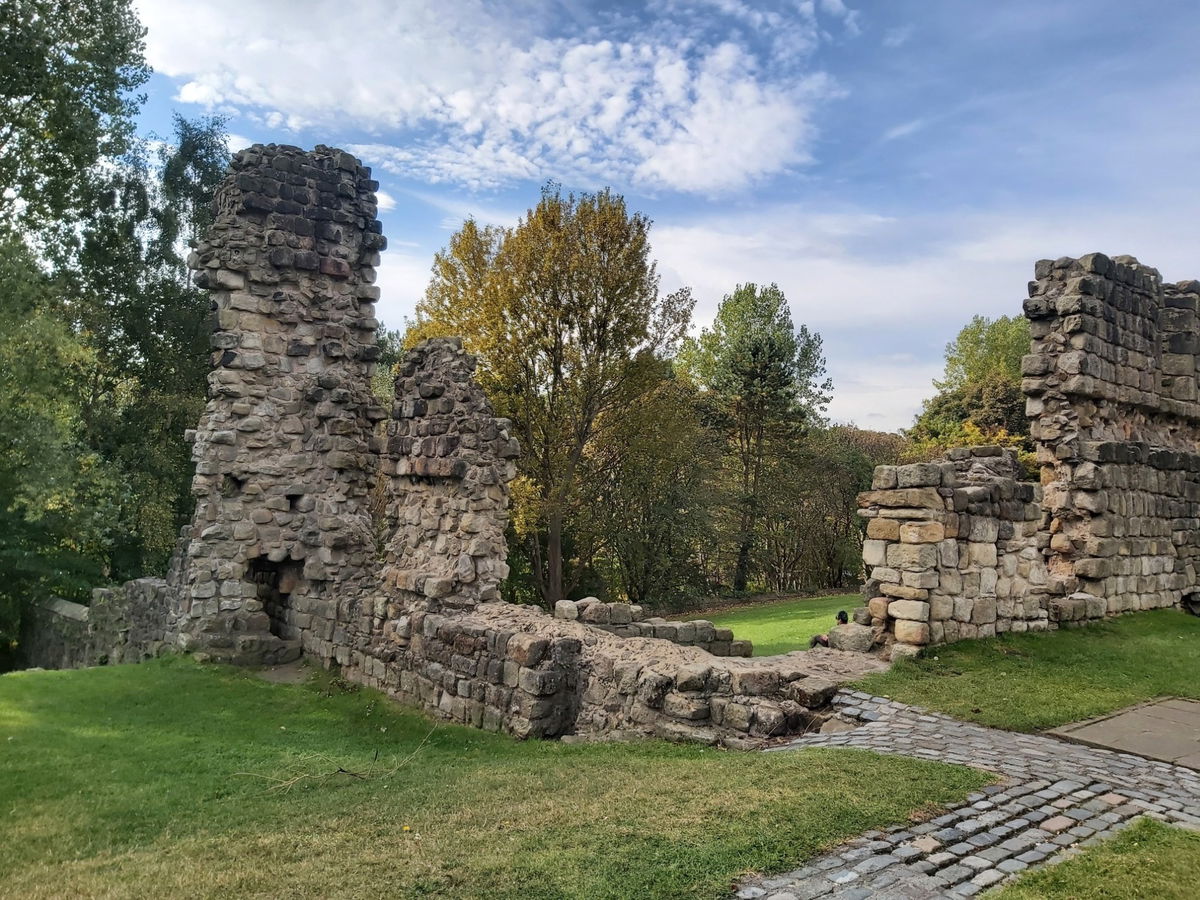
St Paul's Monastery and Church is twinned with St Peter's at Wearmouth in Sunderland and both were created by Northumbrian nobleman Benedict Biscop who was inspired by Christian life in Rome. He approached King Ecgfrith of Northumbria for land, and St Peter's was built in 674, while St Paul's Monastery followed in 681.
Originally at St Paul's, there were two churches; a larger church which served the local people and the monks, and a smaller building exclusively used by the monks. There was another building by the riverside used as a guest house and there is evidence of terraced gardens towards the river used to grow vegetables and herbs.


The church as we see it today is comprised of the nave and the North aisle, which were built in 1865 by Victorian architect Sir George Gilbert Scott. The chancel at the opposite end of the church is part of the Anglo-Saxon Monastery built in 681. The ruined buildings surrounding the church are the cloisters, built when the monastery was refounded in the 1070s. These are some of the earliest dateable Norman buildings in Northern England.
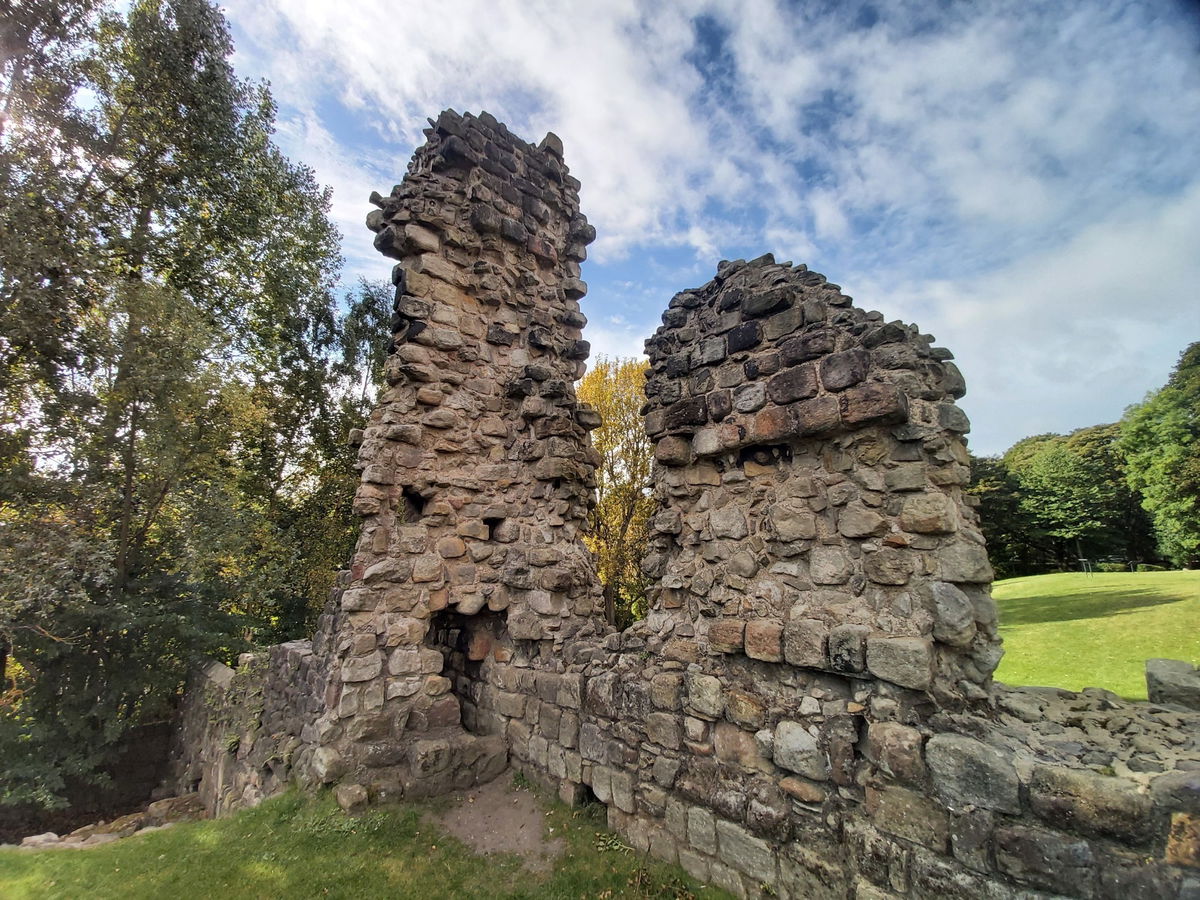
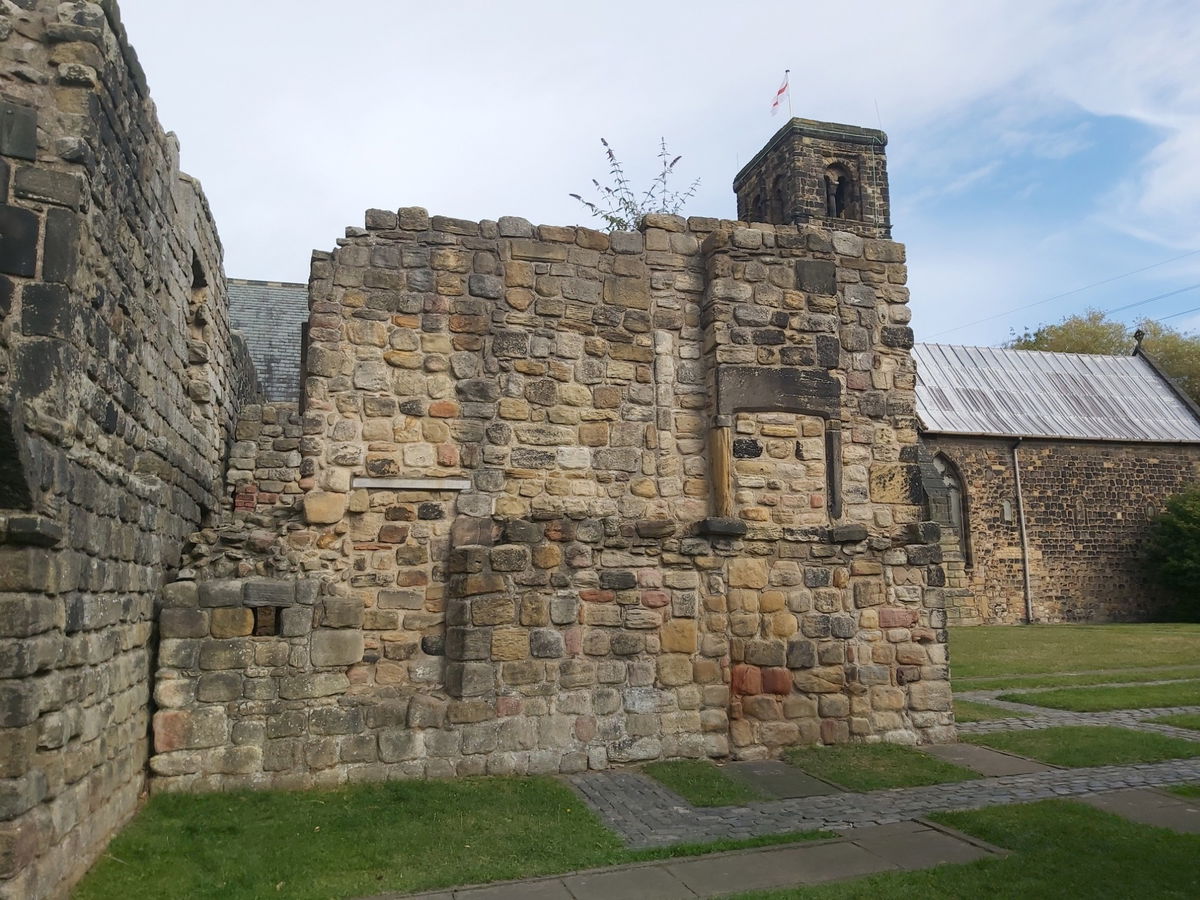
St Paul's is famous for being the home of St Bede; a scholar, monk and writer. Bede was educated at St Paul's from the age of 7 and spent most of his life in the monastery. He wrote extensive ecumenical writings and his most famous work 'Ecclesiastical History of the English People' gained him the title 'The Father of English History'. Bede also studied 'computus', or the science of calculating calendar dates. He attempted to compute the Easter date, but this was met with much controversy. This ongoing debate still remains unresolved to this day, with Easter celebrated on different dates. Bede also popularised the practice of dating forward from the birth of Christ, using the term Anno Domini (AD).
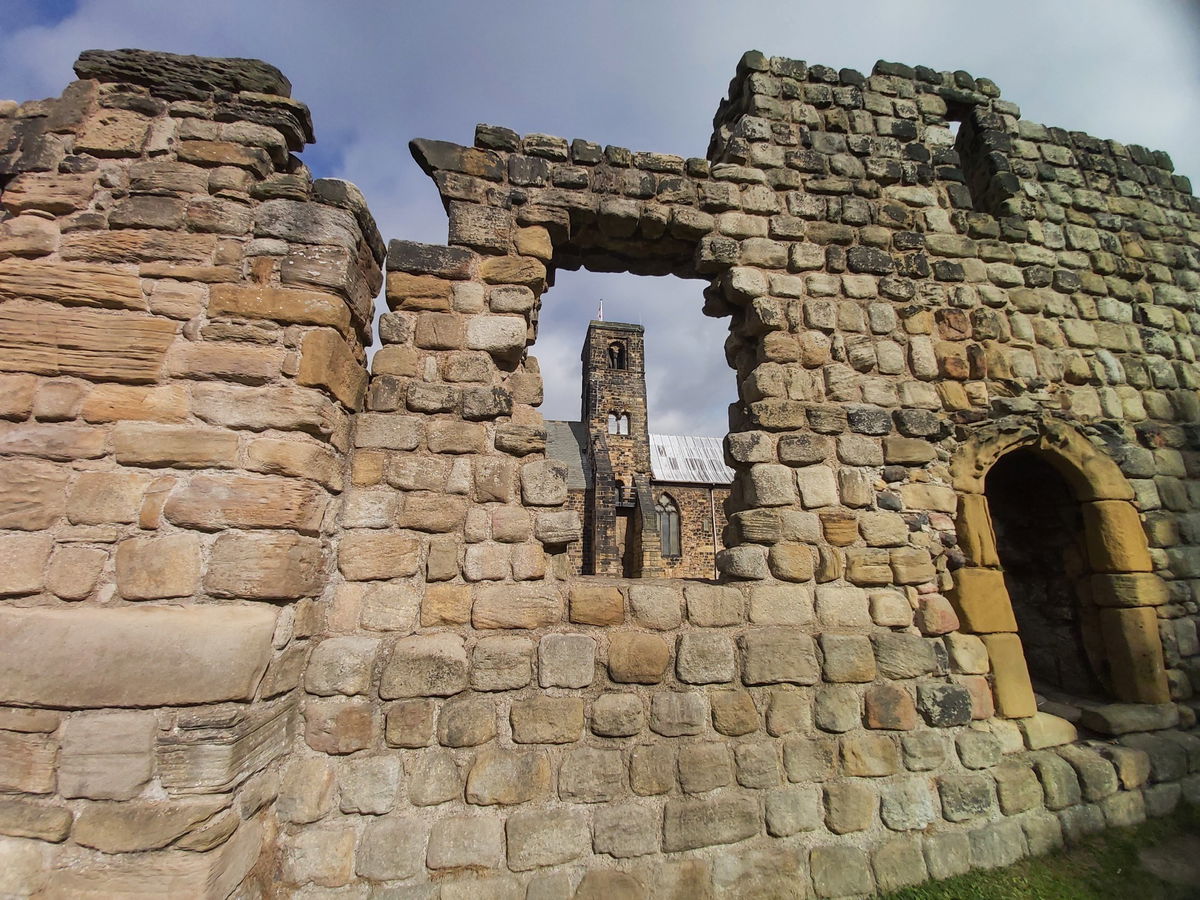



Bede died in 735 and in the 1020s bones found at the site were thought to be Bede's remains. They were taken to Durham Cathedral and placed in their own tomb shrine in the Galilee Chapel. The shrine was destroyed during the Reformation, but his remains were re-buried in the Galilee Chapel alter tomb which still stands today.



Inside St Paul's Church are a number of interesting artifacts. Set above the chancel arch is a dedication stone with the date 687AD, which makes it the oldest dedication stone in the country.
There is also the 'Saxon Cross' or 'Jarrow Cross' which is a square ended, inscribed cross signifying growing literacy in the area. It has a Latin inscription meaning 'In this unique sign, life is restored to the world'



Also around the church there are three wooden sculptures by artist Fenwick Lawson including 'The Risen Ascended Christ' created in the 1970s. You may have seen other works of his in the North East, including his statue of St Cuthbert at Lindisfarne Priory and Pieta at Durham Cathedral.




The church and monastery are now managed by the English Heritage and entry is free. Please check the English Heritage website for opening times.



Get 1 point if you have visited this place. Already visited by 66 VIPs.
Login to the VIP area to add places to your bucket list, mark them as visited and more importantly see where you rank on the league table.
How To Find St Paul's Monastery
Where Is St Paul's Monastery ?
Lat / Long
54.980231, -1.472261
What three words
Where To Park For St Paul's Monastery ?
Lat / Long
54.980743, 54.980743
What three words
Parking is available close to the monastery on Church Bank.
Contributed by Sandra Clemens
I love the great outdoors and have been a National Trust & English Heritage member for years. I also love going off the beaten track and finding places like Sharp's Folly or Rothley Castle which are hidden gems in Northumberland. My favourite recent hike was climbing Red Screes in the Lake District on a whim, not fully grasping how high 776m was. It was still an achievement to conquer a Wainwright walk and I hope to do more one day.
More Places from Sandra
More Places In Jarrow
Find more fabulous places in Jarrow, Tyne And Wear and if you know of a place we haven't listed, then let us know.
Oh no! We couldn't find any more places for this area. Don't worry, we're adding new places all the time, so please check back again soon.
More Religious Places
So this religious place wasn't enough and you want more? Don't worry we have you covered.
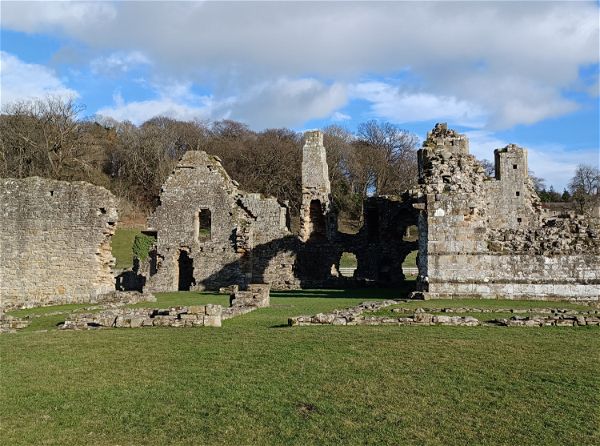
Easby Abbey
Religious Place Richmond North YorkshireRuins of a 12th century Premonstratensian abbey in the hamlet of Easby.
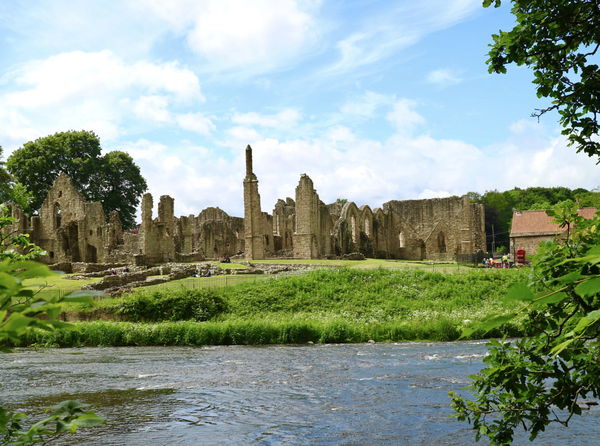
Finchale Priory
Religious Place Framwellgate Moor County DurhamFinchale Priory was a benedictine priory founded in 1196 on the site of the hermitage of Saint Godric.
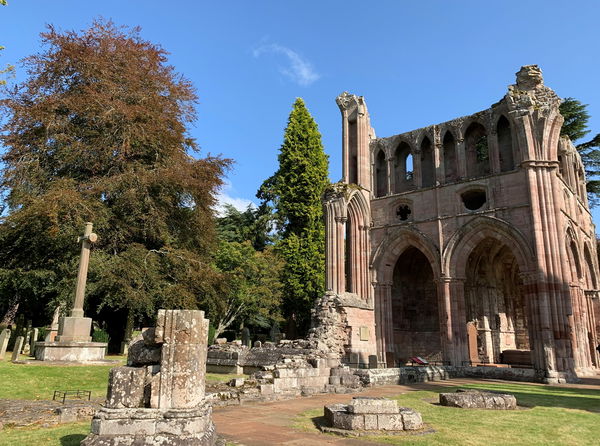
Dryburgh Abbey
Religious Place Melrose BordersA ruined abbey sitting in a secluded woodland on the banks of the River Tweed.
Never Miss A Fabulous Place
If you are afraid of missing out on all the fabulous places we post, or just want to be the first to know, then sign up to the Fabulous North.
Each week we will email you all the brand new places that we visit.
Sign Up To AlertsFind Us On Facebook
We post all our new places daily on our Facebook Groups page, so join the group today and be notified when we add a new place.
Join Our Facebook GroupSt Paul's Monastery was listed in Religious Place // Tyne And Wear // Jarrow

